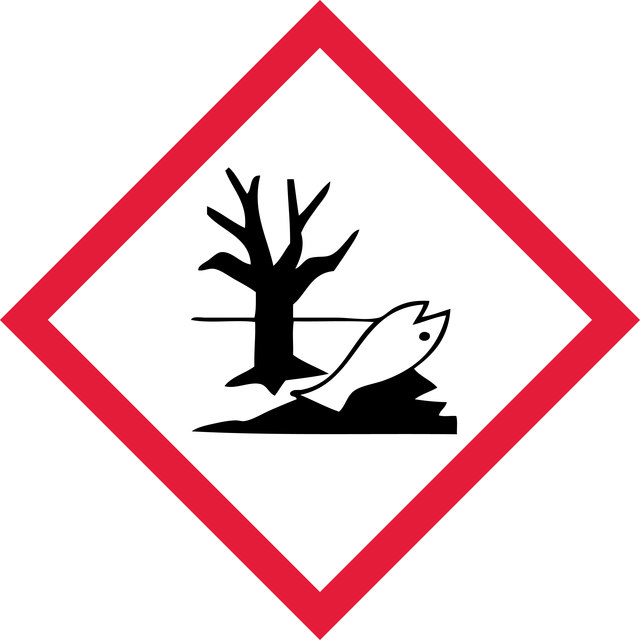MAK115
Hemoglobin Assay Kit
sufficient for 250 colorimetric tests
Synonym(s):
Hemoglobin Quantitation Kit
Sign Into View Organizational & Contract Pricing
Select a Size
About This Item
UNSPSC Code:
12161503
NACRES:
NA.84
usage
sufficient for 250 colorimetric tests
detection method
colorimetric
relevant disease(s)
hematological disorder
storage temp.
2-8°C
Gene Information
human ... HBA1(3039), HBA2(3040), HBB(3043)
mouse ... HBB(15129)
rat ... HBB(24440)
Related Categories
General description
Hemoglobin (Hb) is an iron-containing metalloprotein that serves as the primary means of oxygen transport in vertebrates. Hemoglobin is primarily found in red blood cells where it makes up to 97% of the cell′s dry content. Hemoglobin can also be found in other tissues where it serves as an antioxidant. Alterations in blood hemoglobin levels occurs in many diseases such as anemia and polycytheima.
Application
Hemoglobin Assay Kit has been used to measure the concentration of hemoglobin.
Suitable for the detection of hemoglobinin a variety of samples such as blood, serum, plasma, and urine. This kit can be used to study the effects of various compounds on hemoglobin metabolism and levels.
Biochem/physiol Actions
This assay is based on the improved Triton™[NP1]/NaOH method in which hemoglobin is converted to a colorimetric product measured at 400 nm. This assay has a linear detection range between 0.9-200 mg/dL in the 96 well plate assay.
Features and Benefits
Compatible with high-throughput handling systems. Can be adapted for use with cuvettes.
Legal Information
Triton is a trademark of The Dow Chemical Company or an affiliated company of Dow
signalword
Warning
hcodes
Hazard Classifications
Aquatic Acute 1 - Aquatic Chronic 2 - Eye Irrit. 2 - Met. Corr. 1
Storage Class
8B - Non-combustible corrosive hazardous materials
Choose from one of the most recent versions:
Already Own This Product?
Find documentation for the products that you have recently purchased in the Document Library.
Biochemical markers of oxidative stress in Saudi women with recurrent miscarriage.
Ghneim H K and Mashael M A
Journal of Korean Medical Science, 31(1), 98-105 (2016)
Daniel F Gomez Isaza et al.
Physiological and biochemical zoology : PBZ, 94(2), 124-142 (2021-02-03)
AbstractAquatic hypoxic events are increasing in frequency and intensity as concentrations of nutrients, such as nitrate, continue to rise from human activities. Many fish species can alter their behavior and physiology to cope with drops in oxygen, but these compensatory
M J Faulkner et al.
Journal of dairy science, 100(7), 5368-5377 (2017-05-01)
Eighteen multiparous cows were used in a split-plot replicated Latin square with two 28-d periods to evaluate the effects of source of supplemental Cu, Zn, and Mn (sulfates or hydroxy) on apparent absorption of minerals when fed in either a
Malthe Hvas et al.
Conservation physiology, 5(1), cox066-cox066 (2017-12-09)
The parasitic amoeba Paramoeba perurans is an aetiological agent of amoebic gill disease (AGD), a serious problem in seawater salmonid aquaculture globally. Other finfish species are also infected and infection events may be associated with periods of unusual high temperatures.
Mechanisms linking red blood cell disorders and cardiovascular diseases.
Mozos I, et al.
BioMed Research International, 2015 (2015)
Related Content
Our team of scientists has experience in all areas of research including Life Science, Material Science, Chemical Synthesis, Chromatography, Analytical and many others.
Contact Technical Service
